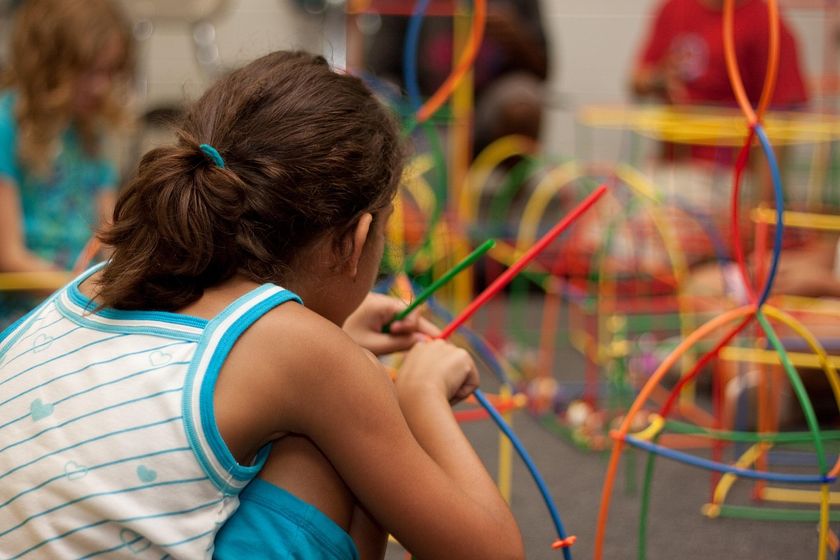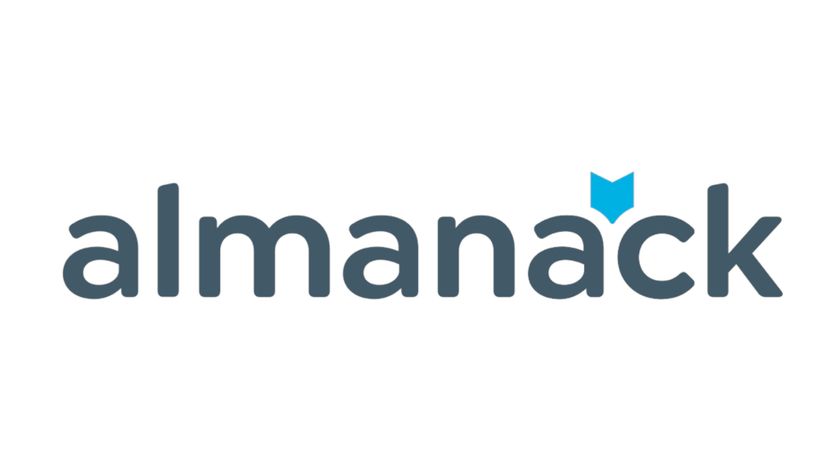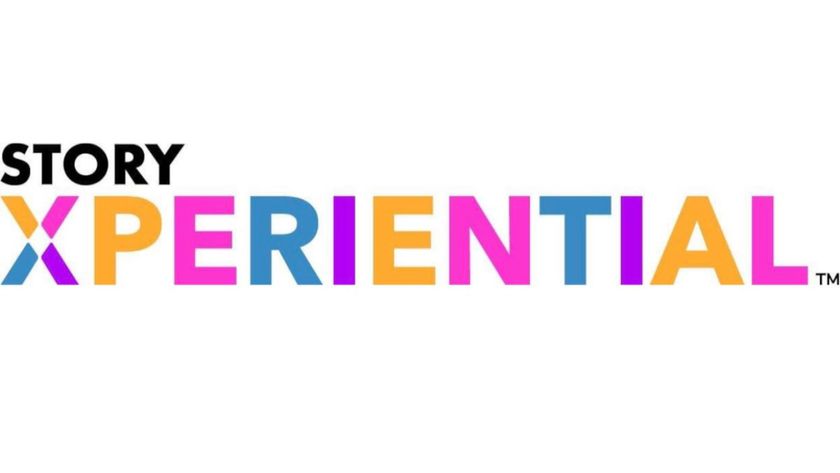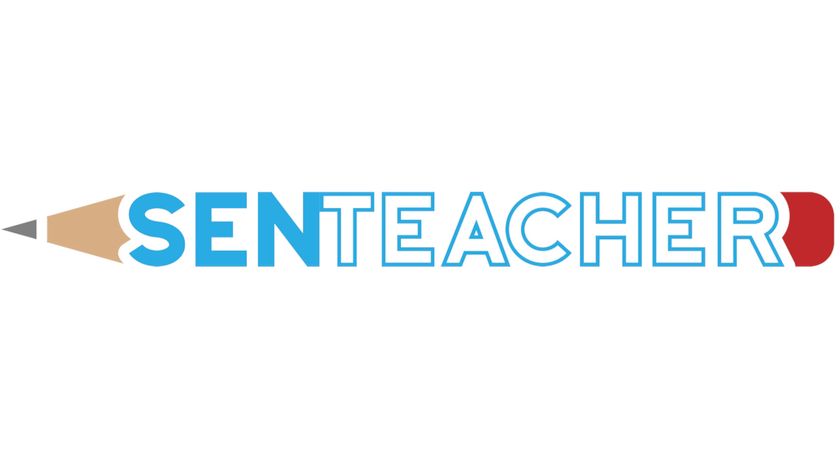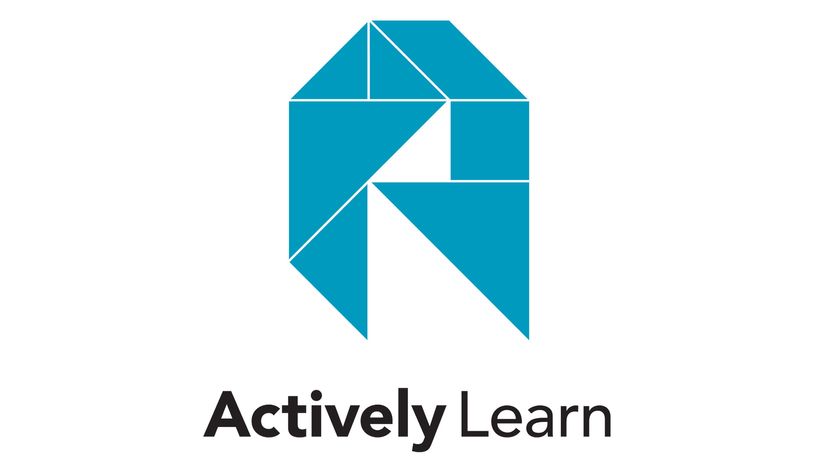Quizlet Lesson Plan
This Quizlet lesson plan is designed to help educators implement the digital tool into their instruction
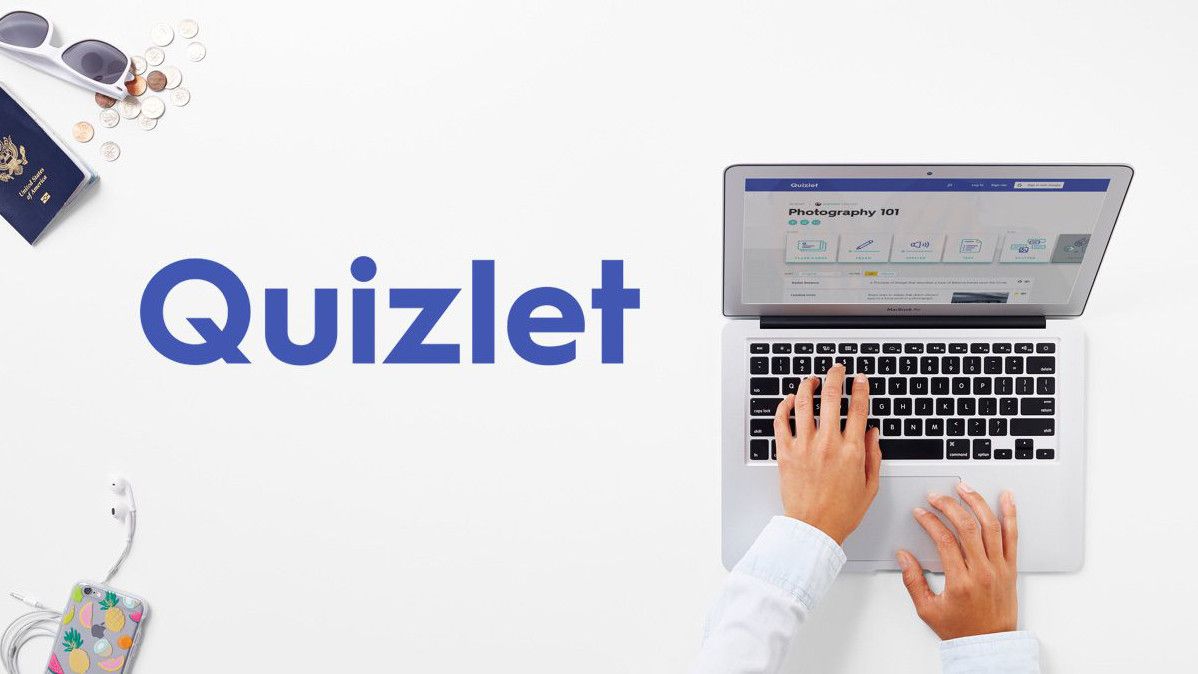
Quizlet, the multidimensional edtech platform, provides a multitude of exciting ways for students to access content, build skills, and demonstrate their learning.
For an overview of Quizlet and more specifics of the many features and its applicability within the K-12 learning environment, check out What is Quizlet and How Can I Teach with It?
This sample Quizlet lesson plan for middle and early high school is focused on using the platform for mathematics, however, the flexibility of Quizlet transcends subject area and grade levels. In fact, physical education, health, and arts teachers can use Quizlet when instructing students related to their non-traditional academic subjects.
Subject: Mathematics
Topic: Algebra
Grade Band: Middle and Early High School
Learning Objectives:
Tech & Learning Newsletter
Tools and ideas to transform education. Sign up below.
At the end of the lesson, students will be able to:
- Identify algebraic expressions
- Define the algebraic terms
Starter
To begin the lesson, use the Quizlet “Create” feature to generate flashcards related to algebraic expressions with the entire class. As you create the flashcards, you can discuss the terms, expressions, and properties related to algebraic expressions so that students are being introduced to the content during the process.
Start with teaching students the more familiar terms such as dividend, quotation, and sum, before moving to more robust terms such as exponent, expression, and factor. These are just a few examples, but you can have more or less terms as aligned with your unit-level objectives. The goal is to start the lesson by building content on Quizlet while instructing students, and allowing them to co-create content with you.
Guided Practice
Now that the flashcard content is created, students can practice on Quizlet. Have them work on answering the flashcards. They can use the matching feature, add or interpret diagrams, and use rich text features such as highlighting, bolding, and underlining to draw attention to certain concepts.
During the guided practice, you can also have students create their own set of flashcards, with definitions presented in their own wording. By having students create their own set, it will help with their retention of information.
While students are engaging with the lesson, note which ones need extra support and assign them specific flashcards to focus on by using the Staring feature on Quizlet. In addition, use the Explanations feature to assist with explaining the concepts in a visual way.
Quizlet offers a test mode as well with multiple choice and true/false options. You may choose to use this feature featuring the content from the flashcards that the students created during the guided practice.
Extended Learning
For even more practice and engagement with the lesson’s content, Quizlet offers “Quizlet Live,” which turns the flashcard content into an interactive and competitive edtech game. Since Quizlet Live is customized with the content of the lesson, it is a great opportunity for students to extend their learning and further develop their understanding of the course concepts.
Quizlet Live allows for both individual and team play, and teams can be randomized. It can be played in person with the class or even in a virtual classroom environment through your LMS, Google Meet, Microsoft Teams, or Zoom.
A Note Regarding Universal Design for Learning (UDL) Features
What makes Quizlet special are the features that support the different aspects of UDL, including Multiple Means of Action and Expression and Multiple Means of Engagement. As mentioned above, Quizlet provides a wide variety of options for students to learn and study content, and uses a diverse range of question types to meet the needs of different learning styles.
It also offers an audio feature that lets students hear the question being read aloud, which would support students who are more auditory. In addition, images can be added to the questions to assist students who are visual learners.
Quizlet Lesson Plan: Troubleshooting Tips & Tricks
When creating flashcards, there is an option to import content from your existing files so you do not have to start from scratch. You can actually customize already existing flashcards to align with the learning objectives for your lesson.
As students start to study and gain mastery with the content, you can start the flashcards that students are struggling with so more of their focus can be on those.
If the students have access to mobile devices, the Quizlet app can be downloaded for easier access to studying. Another feature within Quizlet includes popular textbooks that students can refer to for more support in understanding the content. This can be helpful to students who are learning asynchronously online without always having immediate access to the teacher.
This lesson is just one example of the many ways that Quizlet can be used to not only introduce students to academic content, but also allow them to engage with the material and demonstrate their learning in diverse ways. We hope you will incorporate Quizlet into your lesson, and if you are using Quizlet, try a new subject area or feature that you have not explored yet.
Dr. Stephanie Smith Budhai is faculty member in the College of Education and Human Development at the University of Delaware, focusing on Educational Technology, Learning Design, and Justice-centered Pedagogies. She holds two national education technology leadership positions on the Information Technology Council and as Chair of the Culture and Climate Committee for the Society for Information Technology and Teacher Education (SITE). She holds a Ph.D. in Learning Technologies, and a M.S. in Information with a specialization in Library and Information Science, and K-12 teaching certifications in Technology Education, Instructional Technology and Business, Computers, Information Technology, Special Education and Elementary Education. Dr. Smith Budhai is the 2021 SITE Emerging Leader and the 2017 ISTE Awardee for Excellence in Teacher Education. She is also a Nearpod, and VoiceThread Certified Educator. Dr. Smith Budhai has more than a decade of online teaching experience, and has published myriad books (two have been translated into Arabic), articles, and invited editorials surrounding the use of technology and online learning in education. A few of her book publications include:
- Leveraging Digital Tools to Assess Student Learning
- Increasing Engagement in Online Learning: Quick Reference Guide
- Teaching the 4Cs with Technology
- Best Practices in Engaging Online Learners through Active and Experiential Learning Strategies
- Nurturing Young Innovators: Cultivating Creativity in the Classroom, Home and Community




